Covid-19: Can the global economy operate without China? [Part One]
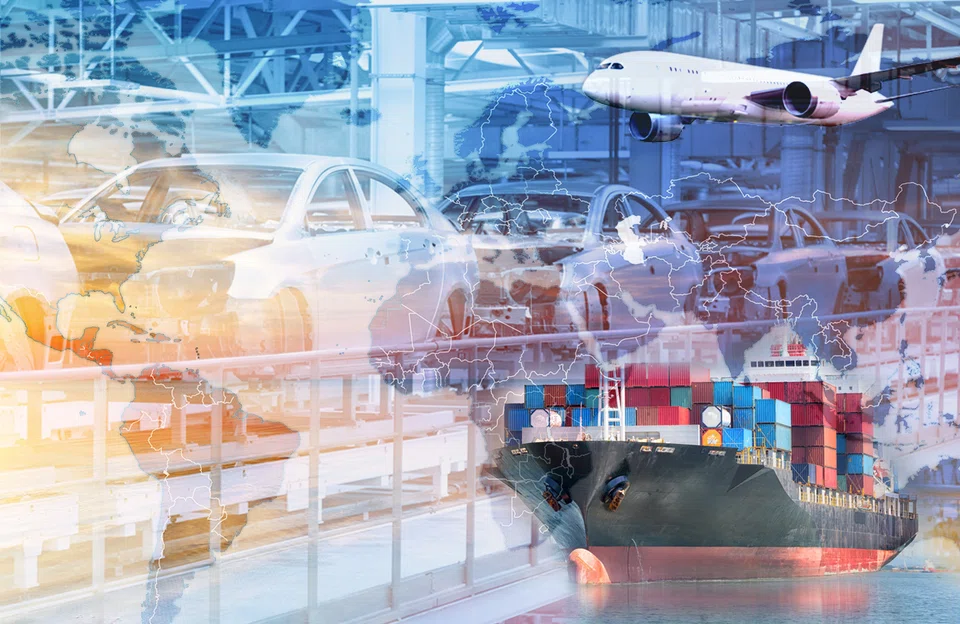
Disruption of the "Made in China" supply chain not only affects China, but triggers a chain reaction across the world.
A commentary published in Financial Times on 3 February, titled Coronavirus Has Put Globalisation Into Reverse, referred to the global impact of the coronavirus outbreak as "a test of deglobalisation". With countries imposing restrictions on human mobility in a bid to contain the spread of Covid-19, the movement of products and goods has also been affected.
While such measures cannot be avoided, its result is a deglobalised economy. This has caused panic and confusion in global supply chains, reduced international trade, and dealt a big blow to business confidence.
To a large extent, shutting the virus down by closing borders is akin to a sudden and forced decoupling. It is also a test of whether the global economy can still operate without China, which has been acting like its engine and main factory.
At the same time, this decoupling is also happening between the different regions within China.
China's lockdown
In the early days, despite pressure from various international health experts, the World Health Organisation (WHO) resisted classifying Covid-19 as a Public Health Emergency of International Concern (PHEIC). It was only on the night of 30 January 2020, local Geneva time, that the WHO reluctantly declared Covid-19 a PHEIC. This was due to rising global panic stemming from the coronavirus' rapid escalation within China and its spread outside of China.
The PHEIC is the WHO's highest level of emergency. Before the current outbreak, it has declared a PHEIC on five other occasions in the last ten years: one, the 2009 H1N1 pandemic; two, the 2014 spread of wild poliovirus; three, the 2014 Ebola outbreak in West Africa; four, the 2015-2016 Zika virus; and five, the 2018 Kivu Ebola epidemic.

Even so, Tedros Adhanom Ghebreyesus, director-general of WHO, repeatedly explained that the main reason for declaring Covid-19 a PHEIC was not out of distrust for China, but due to the concern of the virus spreading in countries where sanitary and economic conditions are less developed. WHO leaders have consistently praised China for its efforts in containing the spread of the virus. Just two days before the declaration of a PHEIC, Tedros personally visited Beijing, and publicly lauded Chinese leaders for their "speed, scale, and efficiency" in handling the outbreak.
While the WHO does not want to offend China, it is also taking the right approach as an international organisation responsible for safeguarding globalisation: it continues to reiterate to the global community that there is no need to impose travel and trade bans on China. Presently, the main focus of international cooperation is in providing assistance to countries with vulnerable healthcare systems.
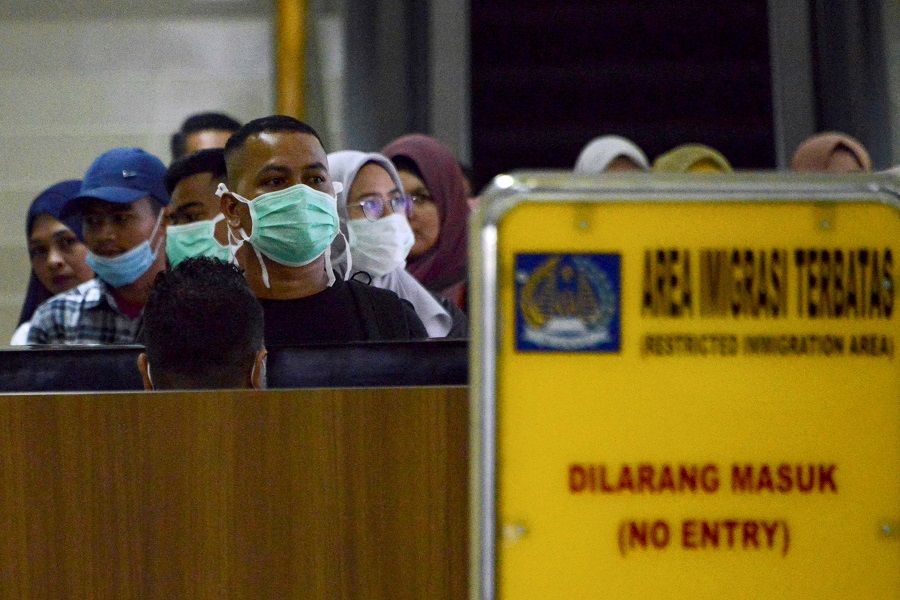
Nonetheless, it is difficult for the WHO to ignore the concerns and views of other countries and professionals, and their advice may not be heeded. In fact, before a PHEIC was declared, various countries had already imposed travel and trade bans on China. The PHEIC will also create psychological impacts on global enterprises and the public. Even if countries do not impose restrictions, few people will travel to China at this critical period unless absolutely necessary.
According to Cirium, a company specialising in data and analytics of the travel industry, a total of approximately ten thousand flights have been cancelled between the start of the outbreak and 31 January.
Human mobility impacted
Tabulating statistics available in public reports since British Airways and Germany's Lufthansa suspended all flights to China on 29 January, I found that at least 30 airlines globally have either suspended or reduced the number of flights to China. They include major airlines and their subsidiaries across five continents such as American Airlines, Delta Air Lines, United Airlines, Air France, Air Canada, Qantas, and Scandinavian Airlines. Locations in Asia near China, for example South Korea, Singapore, Vietnam, India, Pakistan, Indonesia, and even Hong Kong and Taiwan, have all suspended or reduced the number of flights to China as well.
These measures were taken for both health and economic reasons as travel appetite has since decreased. According to Cirium, a company specialising in data and analytics of the travel industry, a total of approximately ten thousand flights have been cancelled between the start of the outbreak and 31 January.
At present, over ten countries including the UK, the US, France, and Canada have announced travel bans or advisories on China. At least 60 over countries have imposed immigration restrictions of varying degrees on Chinese travellers. Over ten countries including Italy, Australia, New Zealand, Israel, Singapore, and Vietnam have imposed travel bans on all foreign visitors who have recent travel history to China. Major Western countries such as the US, France, Germany, and Canada, have successively evacuated their citizens from China. [NB: Yesterday, Russia announced a blanket ban on Chinese citizens entering Russia, whether for travel, work or study.]
During the 2003 SARS epidemic, there were only 20 million outbound Chinese tourists. By 2018, this number jumped to a whopping 150 million approximately...
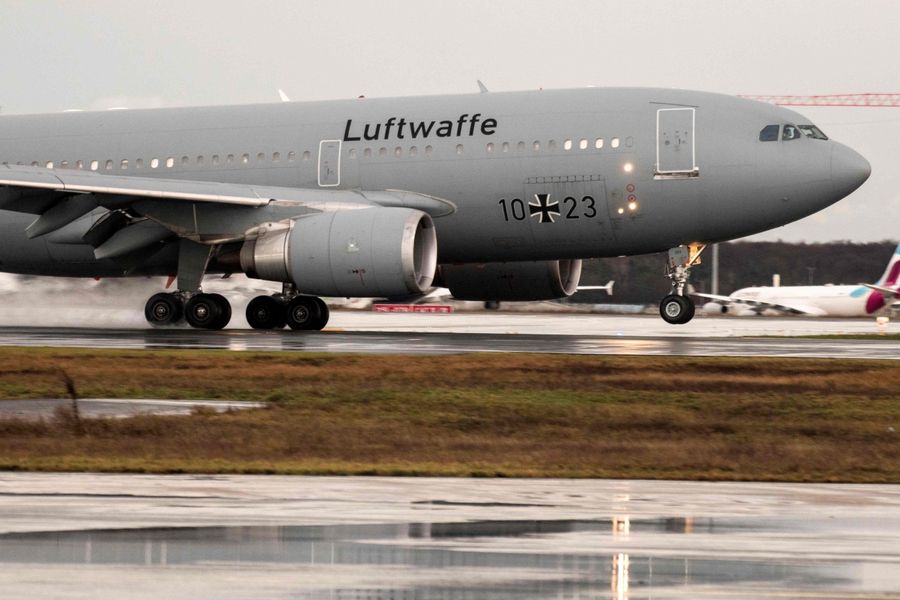
As Chinese travellers are the largest group of tourists and consumers, industries directly related to tourism are bearing the brunt of economic impacts resulting from the restriction of human mobility.
During the 2003 SARS epidemic, there were only 20 million outbound Chinese tourists. By 2018, this number jumped to a whopping 150 million approximately, a figure that is almost 30% more than the population of Japan, the world's third largest economy, and almost double the population of Germany, the world's fourth largest economy. Needless to say, the world's luxury brands, retail stores, and various countries as a whole, are more reliant on Chinese tourists than ever before.
The impact is even greater as the outbreak occurred during the annual Spring Festival Golden Week holiday. Under China's outbound travel restrictions and other countries and regions' tight control on inbound Chinese travellers, hotels, casinos, airlines, and retail stores across Tokyo to London have all experienced the "chill". Undoubtedly, countries most affected by these restrictions are popular Chinese tourist destinations, including neighbouring countries like Japan, Korea, Thailand, and Singapore.
As a result, Singapore's economy will be badly hit because the tourism sector constitutes 4% of the country's GDP.
According to Trip.com's statistics, Japan was the top travel destination of Chinese tourists during the 2020 Chinese New Year festive season. Relevant statistics from Japan show that during the 2019 Chinese New Year season alone, a total of 650,000 Chinese tourists had visited Japan. Over the span of 2019, Chinese tourists spent an accumulated total of roughly 1.7718 trillion yen (approximately US$16 billion) while in Japan. According to a recent survey by the Japan Association of Travel Agents, the number of Chinese tour groups cancelling their bookings for travel itineraries before March 2020 may exceed 400,000.
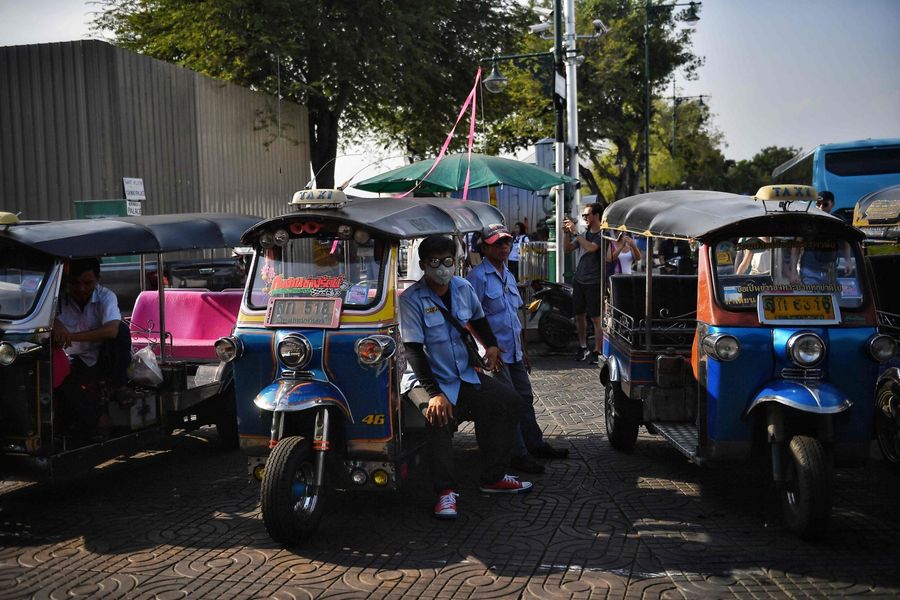
On 29 January 2020, Thailand's finance ministry had already reduced its 2020 GDP growth forecast from 3.3% to 2.8%. Thailand heavily relies on its tourism industry for economic growth, with approximately 20% of its GDP contributed by the tourism sector. Moreover, Chinese tourists make up 30% (the bulk) of Thailand's total tourists. The Tourism Authority of Thailand expects a drop in Chinese tourists from 11 million in 2019 to 9 million this year, resulting in US$1.5 billion in losses for the tourism industry.
Singapore also expects a 25% to 30% drop in incoming tourists this year. China is Singapore's largest tourist market, with Chinese nationals making up roughly one-fifth of Singapore's total tourists. As a result, Singapore's economy will be badly hit because the tourism sector constitutes 4% of the country's GDP.
...the virus outbreak has caused container carriers a revenue shortfall of US$350 million a week.
Mobility of goods halted
Compared with the tourism and passenger transport industries, impacts on the international freight industry may not attract that much attention, but its implications are far greater. According to a 10 February report from Sea-Intelligence, a Denmark-based provider of innovative objective analysis within the container shipping industry, the virus outbreak has caused container carriers a revenue shortfall of US$350 million a week. Since the outbreak began last month, global trade networks have seen a loss of 350,000 containers. Statistics show that, as of this week, at least 21 sailings between China and the US have been cancelled, along with 10 cancellations in the Asia-Europe trade loop. This amounted to 198,500 cancelled containers between China and the US, with container cancellations between Europe and Asia amounting to 151,500. Over the next few months, shipping volumes are expected to plunge further.
Looking at China as a whole, ships calls at or through main Chinese ports have reduced by one-fifth.
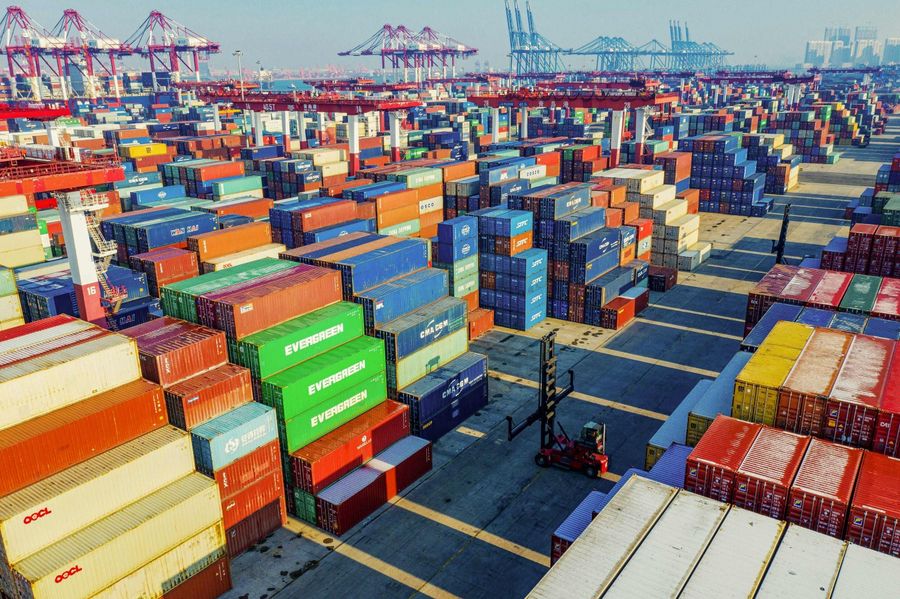
According to a monthly forecast jointly released by the National Retail Federation and Hackett Associates on 10 February, imports at major US container ports is forecast to be down 12.9% year-on-year in February, and down 9.5% year-on-year in March. Over the past three weeks, container volumes of the Port of Shanghai, the world's busiest port and key port for China exports, have plunged by nearly a quarter. Looking at China as a whole, ships calls at or through main Chinese ports have reduced by one-fifth. Last week, daily freight rates for large crude carriers fell by roughly 40%.
The slowing of the sea logistics industry directly disrupts global supply chains and may even implicate shipyards. Under the dual impact of a reduced demand, and suspension of work at Chinese shipyards, delays are expected in delivering new oil tankers, bulk carriers, and containers in the next few months.
A disrupted global supply chain
On 4 February, South Korea's Hyundai Motor Company had to suspend production in three of its factories due to the shortage of Chinese-imported parts. Similarly, SsangYong Motor Company also suspended production in its Pyeongtaek factory, while Japan's Nissan also halted production at its Kyushu plant. Hyundai Motor Company is the world's fifth-largest auto manufacturer, and also the first to suspend production following the Covid-19 outbreak. It has since resumed partial operations, but a full resumption will take more time.
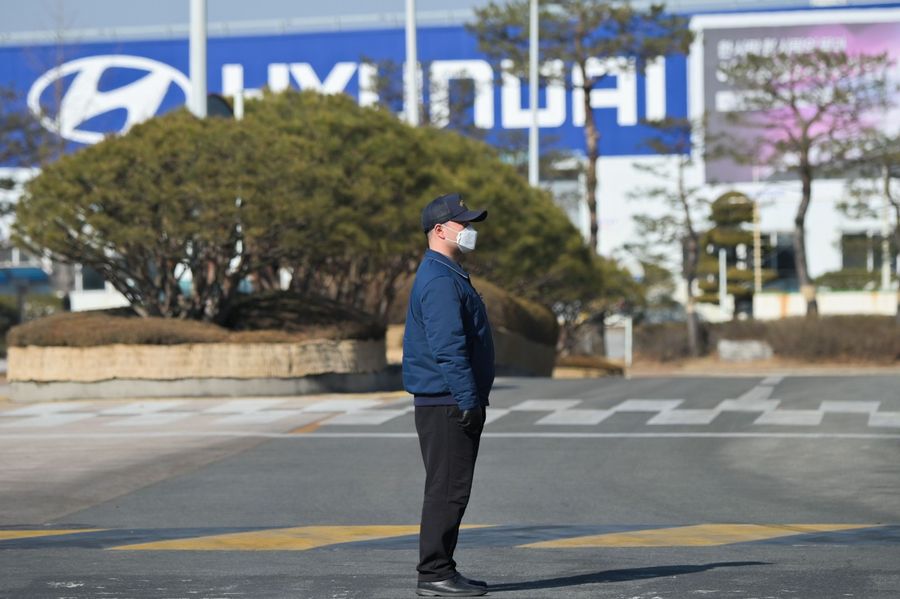
Other major multinational automotive manufacturers and suppliers of auto parts have also warned that it will be only a matter of weeks before plants in Europe and the US are forced to shut down as disruptions caused by Covid-19 ripple through global manufacturing supply chains. These include Fiat Chrysler, which met with serious problems when importing auto parts from China.
Even the automotive industry in the US, based thousands of miles away, is not spared. In 2018, the US imported US$11 billion worth of auto parts from China. China is the US's second largest supplier of auto parts, after Mexico. Apart from directly importing auto parts from China, the US also imports auto parts after they have undergone a second processing at Japanese and Mexican auto part factories.
Executives at US automotive industries say that they are still two months away from a halt in imports, taking into account the parts from Chinese factories arriving via sea freight. Thus, their risk of halting production altogether is not as high as neighbouring countries of China like Japan and Korea. However, should China lengthen its suspension in production, plants in the US will be forced to reduce their production capacities too.
...it is extremely difficult for other parts of the world to fill the big gap that China has created in such a short span of time.

Crucial period: end February
It is generally accepted among industry experts that the end of February marks a crucial time period. If Chinese factories are able to resume operations then, losses incurred from the first quarter of the year could be compensated for by the second quarter. However, if operation suspension extends beyond February, the disruption in supply chain will cause a large-scale production suspension.
30 years ago, China's automotive industry was almost non-existent. Today, China has become the world's largest automotive manufacturing base and market.
To avoid this worst case scenario, multinational automotive companies have two weeks to adjust their supply chains. However, this is easier said than done. Although alternative supply options are available to auto manufacturers and they have the ability to change their suppliers, it is extremely difficult for other parts of the world to fill the big gap that China has created in such a short span of time. On the other hand, production costs will soar if auto parts were to be produced in Korea, Japan, and even the US. This will in turn result in rising car prices, eroding the profitability of automotive companies.
The automotive industry is a classic example of the global supply chain crisis that was triggered by the outbreak. 30 years ago, China's automotive industry was almost non-existent. Today, China has become the world's largest automotive manufacturing base and market. In 2019, China produced a total of 25.7 million automobiles, double the number ten years ago. In 2017, revenue from auto parts exports amounted to US$68.6 billion, of which 25% are exported to the US, 10% to Japan, and 5% each to Korea and Germany.
...three of Honda's plants in Wuhan produced 600,000 automobiles, taking up half of Honda's production capacity in China.
Hubei: epicentre of Covid-19, node of world industry
The automotive industry is coincidentally a pillar industry of Hubei province. Wuhan and its neighbouring regions are home to major automotive factories. For example, Dongfeng Motor Corporation, a Chinese state-owned automobile manufacturer, is headquartered in Wuhan. Japan's Honda, France's Groupe PSA, and a variety of the US's automotive plants are also found there.
In 2018, Hubei produced a total of 2.41 million automobiles, contributing roughly 10% of the total number of automobiles produced in China. Of this number, three of Honda's plants in Wuhan produced 600,000 automobiles, taking up half of Honda's production capacity in China. Additionally, there are over 500 auto parts factories (big and small) in Wuhan alone, and much more in Hubei. Over half of the world's top 20 auto parts manufacturers have their factories set up there.
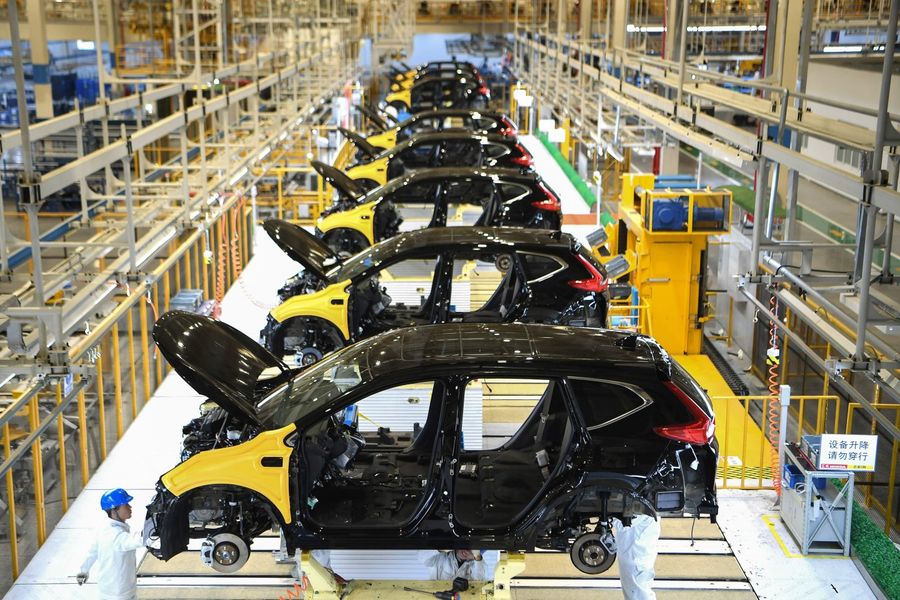
Apart from being the world's largest automotive production base, China also produces 65% of the world's smartphones and 45% of the world's personal computers. Of course, it is also the largest manufacturer of computer and smartphone parts and other relevant products of the industry. In actual fact, the most vital production bases of various industries such as fashion, chemical products, technological products, and especially consumer electronics, are all in China.
Taking Covid-19 epicentre Wuhan and Hubei as an example, Wuhan has been gloriously named the "thoroughfare to nine provinces" (九省通衢) and major transportation hub of central China. It was part of modern China's first batch of business ports and a pioneer of industrialisation. Now, it is even one of China's strategic cities for chip development. The Yangtze Optical Fibre and Cable Joint Stock Ltd in Wuhan is the world's largest supplier of optic fibre preforms (glass rods needed to make optical fibre), optical fibre and optical fibre cables. Five major display manufacturers are also based in Wuhan.

According to Bloomberg's supply chain database, Wuhan has over 500 factories and other facilities, and ranks 13th among Chinese cities. The entire Hubei province has 1016 similar factories, and ranks 7th among other administrative regions of the same tier. According to statistics, companies with headquarters in Japan, the US, and Europe have set up approximately 54, 44, and 40 factories respectively in Wuhan.
Hubei's economic aggregate is ranked 7th in the country. Apart from its outstanding automotive and electronics industries, its output of certain niche industries - upstream raw materials like phosphate rocks, textiles and fertilisers - also occupies a prominent position in the country.
Three OEMs based in China in charge of manufacturing Apple AirPods have suspended production.
Resuming production and ensuring zero infection
The world's largest original equipment manufacturer (OEM), Foxconn, is currently recalling its employees in batches to its assembly lines in China, but a return to full production "will take weeks". Prior to this, Foxconn expressed in a report by Bloomberg News that it was urgently working on ensuring zero infection in its factories. With over a million employees, even a single case of infection would be a nightmare. Last week, Foxconn even cut its 2020 revenue growth outlook from between 3% and 5%, to between 1% and 3%.
At the same time, this also implies that Apple can no longer achieve its original plan of increasing supply of the latest iPhone model by 10% in the first half of 2020. It will also have to delay the launch of its newest iPhone model originally planned for March this year. Of Apple's 775 global supply chain manufacturers, 381 of them are situated in China, and all of them are hit by the virus outbreak. Three OEMs based in China in charge of manufacturing Apple AirPods have suspended production. On Apple's official website, delivery of Apple AirPods Pro orders has been postponed to a month later.
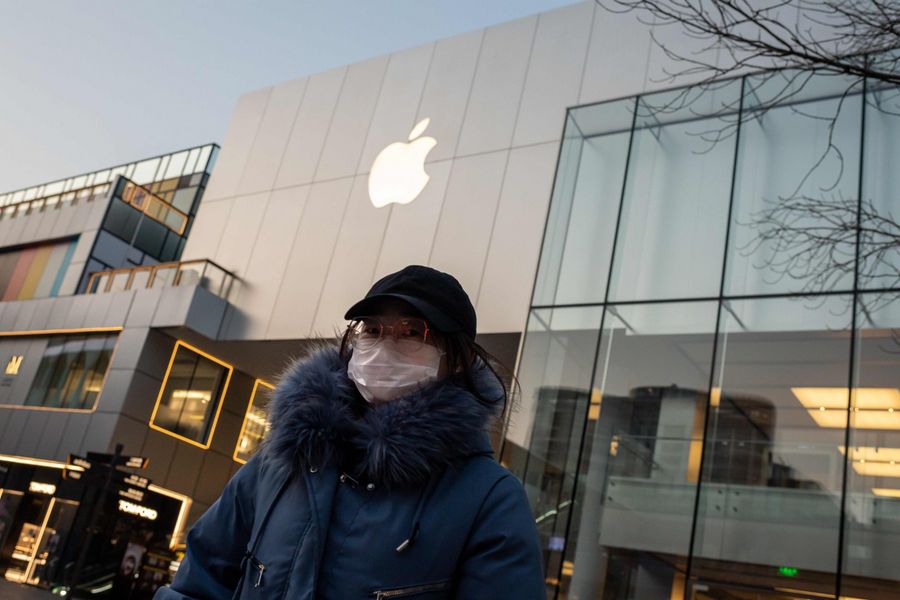
Furthermore, even if tens of thousands of employees are successfully recalled, they have to be quarantined for two weeks as part of preventive measures. Thus, if delays are further lengthened, a portion of the supply chain will soon be paralysed.
